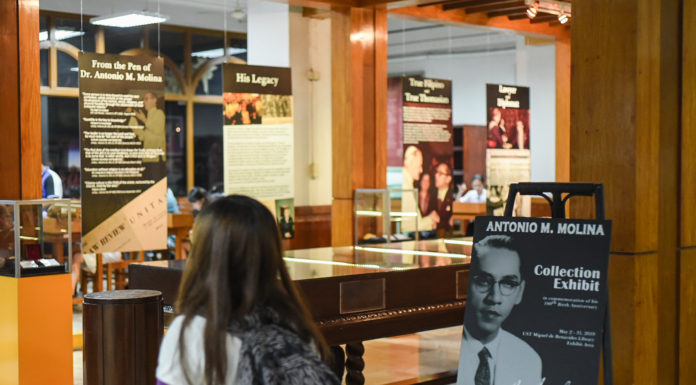IN MATTERS of faith, technology can go hand-in-hand with tradition.
The Catholic faithful have recently put technology to good use and provided an avenue for evangelization with the increasing number of religious online services that aim to deepen the faith. This recent Holy Week, Filipino Catholics saw the advent of a new technological transformation—the birth of an online Visita Iglesia.
Launched last March 29 by the Catholic Bishops’ Conference of the Philippines (CBCP) in their official website www.cbcponline.net Visita Iglesia Online gives the visitor a virtual tour of some of the seven famous churches in Metro Manila, enabling them to carry out the age-old tradition of visiting the fourteen Stations of the Cross with the click of a button.
A brainchild of Msgr. Pedro Quitorio III, CBCP Media Office director, Visita Iglesia Online aims to extend the Filipino tradition across the world, especially to Filipinos living in non-Catholic countries since they may not be able to visit the churches during the Lenten season.
“For the sake of our brothers and sisters who are out of the country, the OFWs and the others, or those who are sick and homebound, we are offering this online Visita Iglesia,” Quitorio said in an interview with CBCP News.
Visita Iglesia Online offers users a view of the featured church’s façade and the interior to provide a more realistic feeling. Clicking on a link will instantly take the user to the next church. The portal is also equipped with both the texts and the audio recordings of solemn prayers to guide the visitors during the online Visita Iglesia experience.
The churches include the Manila Cathedral Basilica and San Agustin Church in Intramuros, Minor Basilica of the Black Nazarene in Quiapo, San Lorenzo Ruiz Church and Santo Niño de Tondo Parish in Tondo, Nuestra Seora de Remedios in Malate, and Our Lady of Perpetual Help Shrine in Paranaque.
Something ‘positive’
With more than 20,000 visitors on its first day, Visita Iglesia Online is slowly gaining popularity among the Catholic faithful. The portal has reached a record of more than 40,000 hits by the end of the Holy Week.
“The Visita Iglesia is something positive. It is for devotional purposes so whether there are graces to be attained by it, we leave it to the grace of God,” said Rev. Fr. Rodel Aligan, O.P., dean of the Faculty of Sacred Theology. Aligan believes that this online version of Visita Iglesia could “open doors” for one’s practice of spirituality.
Echoing Aligan, Rev. Fr. Filemon I. Dela Cruz, Jr., O.P., Vice Rector for Religious Affairs, said that the online Visita Iglesia was a good alternative for Filipino Catholics who had different pastoral needs.
“It’s a good alternative in sustaining and nourishing the faith of Catholics even if they’re far away,” De la Cruz stressed. “But there’s no substitute for the real Visita Iglesia.”
Marjorie Castillo, a student from the Faculty of Civil Law, is a devout observer of Visita Iglesia. She believes that the online version of this tradition would benefit Filipino Catholics living in far away countries.
“This may motivate Catholics who’ve never performed Visita Iglesia now that it’s available online, but doing it the traditional way is more meaningful and spiritual,” Castillo said.
According to her, one of the negative effects of online Visita Iglesia is that it may discourage Filipino Catholics from doing the traditional way of visiting churches since one can now do so online. Couch potatoes, for example, can stay at home for the Holy Week and do the Visita Iglesia online, as this is a more convenient alternative.
Traditional over digital
With more and more digital services on the rise, such as St. Peter’s Online Funeral and the Sunday TV masses, many are tempted to do their religious responsibilities through the power of technology. However, technology has not yet replaced traditional Catholic practices.
De la Cruz stands firm in his belief that he could not see any danger of the online Visita Iglesia in outdoing the traditional practice of visiting churches.
“There are always values you get from tradition that you can’t get from technology. You can’t replace all responsibilities and all the [Catholic] values with technology,” Aligan said.















